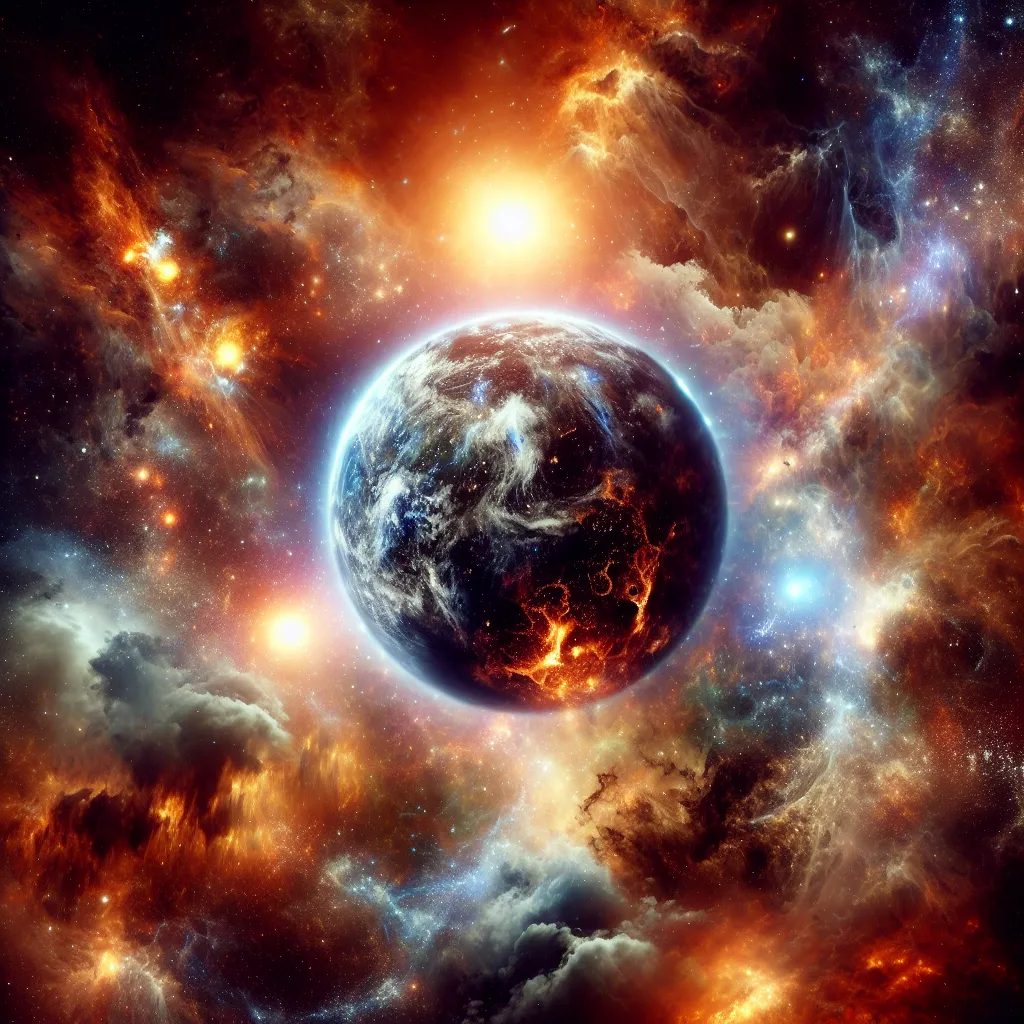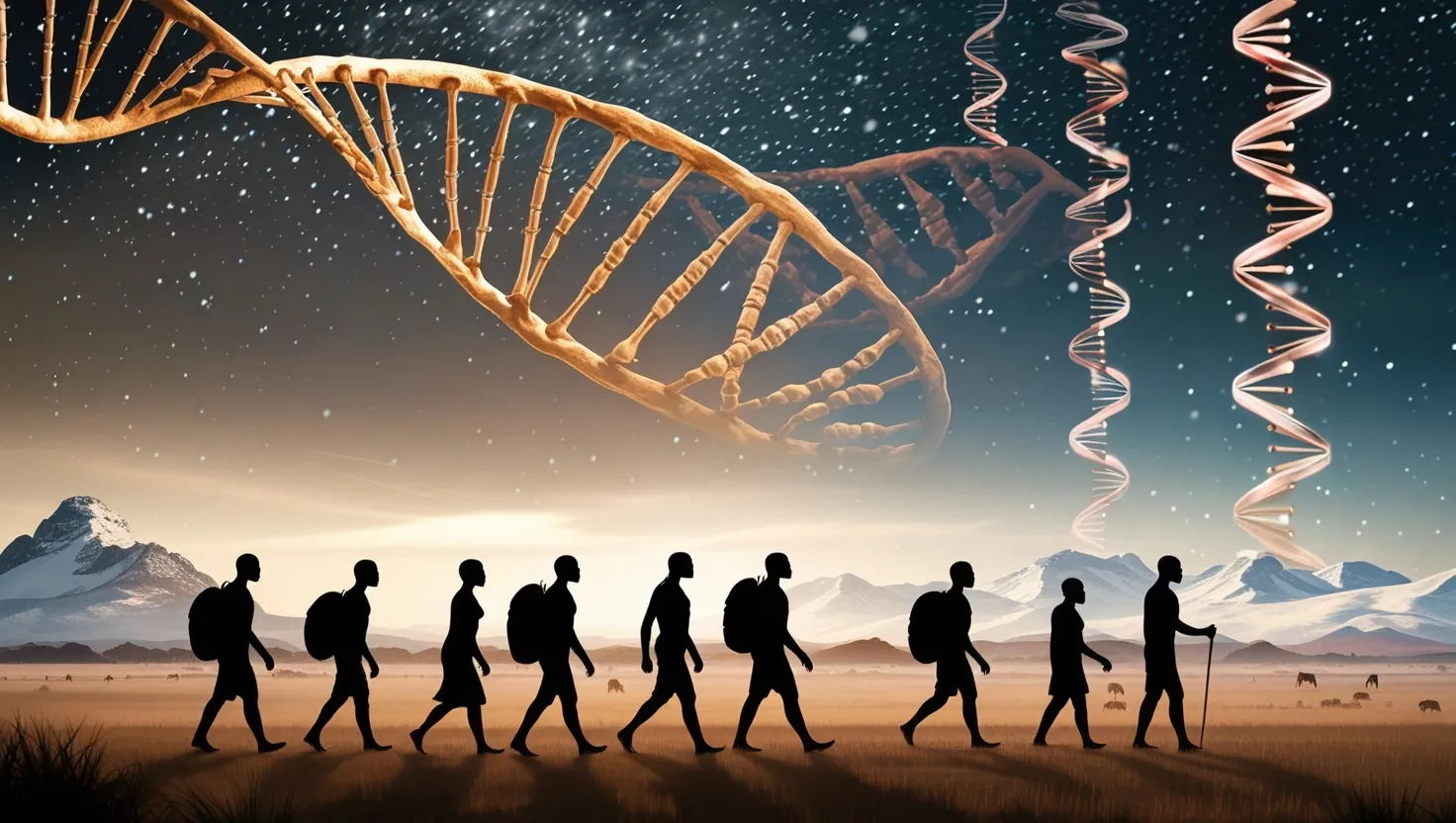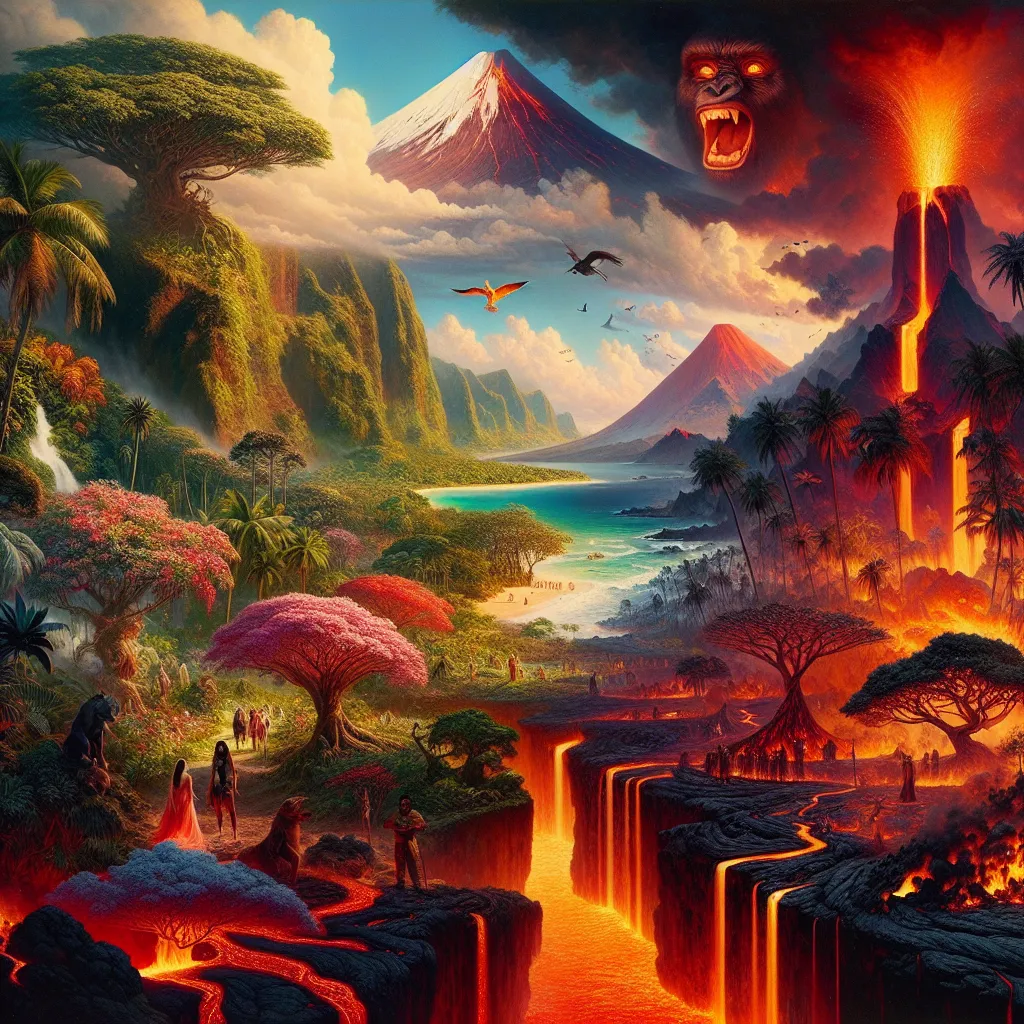Our planet exists today thanks to a series of cosmic catastrophes. Imagine an apocalyptic planetary collision, numerous brutal cosmic strikes, and a supernova—these events helped shape the Earth. These disasters not only gave birth to our world but also set the perfect conditions for life to flourish. So, could there be other Earths out there?
The Earth is a marvel, unique in our solar system and possibly in the universe. Observing our planet from space can be overwhelming—it’s a beautiful blue globe teeming with life. Yet, the significant question remains: Is Earth unique, or are there other worlds like it?
To uncover Earth’s formation, you need to rewind the clock 4.2 billion years. Back then, a speck of dust began a journey of combining with countless others, forming a vast cloud known as a stellar nursery. Stellar nurseries house the birth of solar systems, including our own. Even today, 7,000 light years away in the Eagle Nebula, stars and planets are forming amidst clouds of gas and dust.
Breaking down these cosmic clouds requires a mighty force, like a supernova—the powerful blast following the death of a giant star. In 2007, the Spitzer Space Telescope captured an image suggesting a supernova’s shockwave approaching the Eagle Nebula’s pillars. This cosmic wave compresses gas and dust into dense clumps, creating new stars and solar systems.
Our solar system started similarly. A supernova blast transformed a Dusty Cloud into a dense protoplanetary disc. Gravity pulled particles of rock and dust together, forming the building blocks of planets. Germany has scientists mimicking this process in low-gravity environments, discovering that electrostatic forces—not just gravity—cause dust grains to clump together, turning into balls of fluff. These ‘cosmic dust bunnies’ are the seeds from which planets grow, eventually becoming large enough for gravity to play its part.
Gravity pulls rocks together to form bigger piles of rubble. This chaotic construction site becomes an early Earth marked by random rocks colliding. The splinters of these collisions gradually form asteroids and eventually full-fledged planets. Yet, planets are initially misshapen and need gravity’s force to mold them into sphere shapes.
As the young Earth grew, it became a round, molten world from constant impacts heating its surface. Molten rock rose and cooled to form the crust while molten iron sank to create Earth’s core. This molten core set the stage for Earth’s magnetic field, essential for life. However, early Earth was still small and had to face colossal impacts to continue growing.
The final giant impact theory introduces Theia, a Mars-sized body that collided with Earth, leading to the creation of the Moon. This collision was instrumental in Earth’s formation, stabilizing our planet’s tilt and climate, which in turn supports life.
After forming, Earth gathered water from icy comets and asteroids scattered by gravitational perturbations from Jupiter and Saturn’s movement. The impact of these water-rich bodies filled our oceans, making Earth a habitable planet.
This tale of Earth’s formation showcases a sequence of lucky events, creating a planet perfect for life. But considering the vastness of the universe, the question remains—are there other Earths out there? The Kepler space telescope has revealed thousands of planets, suggesting that earth-like worlds might be numerous.
Given the sheer scale of our universe with its billions of galaxies, each hosting billions of stars, the existence of other habitable planets seems inevitable. Statistically, with countless planets, some should echo Earth’s conditions, suggesting we are probably not alone. The burning question isn’t if we have neighbors, but rather, where are they, and when will we meet?






